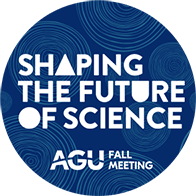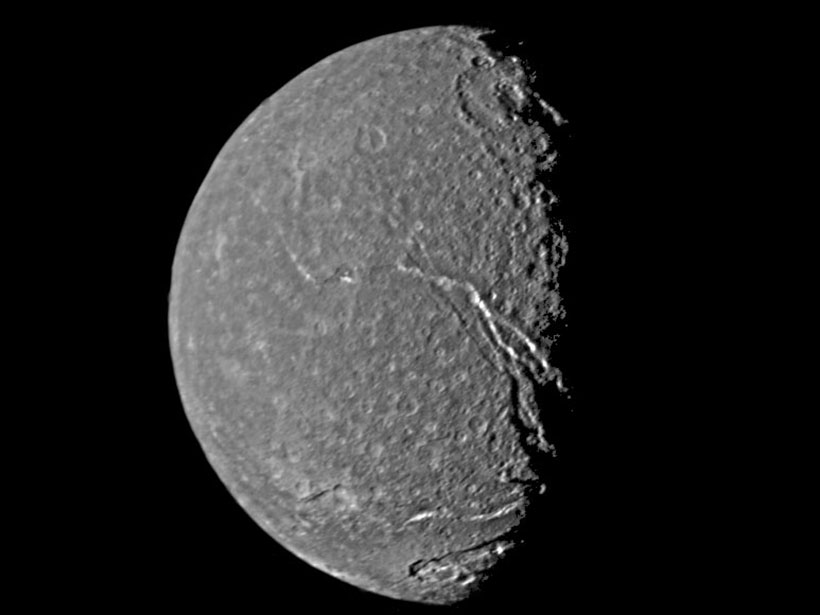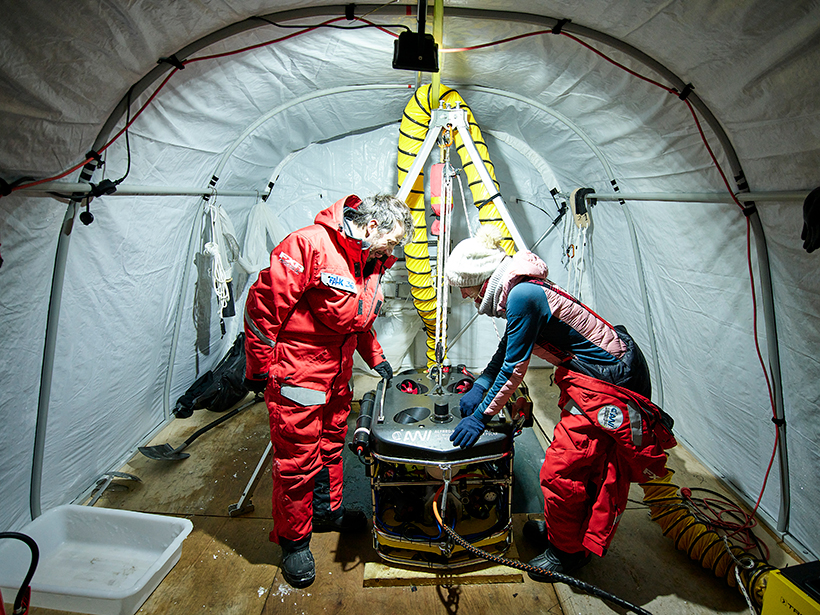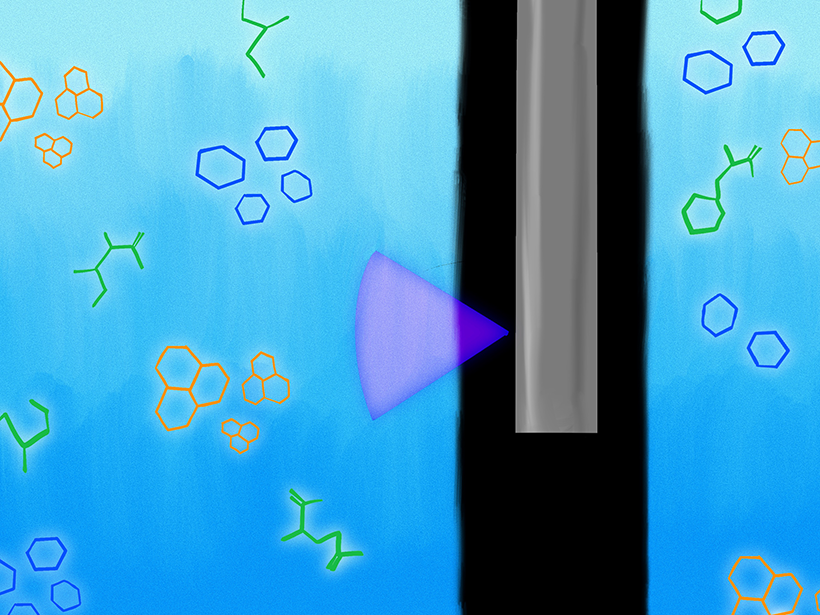Scientists tested whether a classic technique could detect subsurface oceans on the moons of Uranus. In this scenario, the planet’s oddball magnetic field offers a big advantage.
#AGU20: Shaping the Future of Science

Saving Lives by Predicting Dust Storms
In the southwestern United States, dust storms form suddenly, quickly reducing visibility to zero. A new warning system may allow motorists to avoid these deadly hazards.
Earth’s Magnetic Field Holds Clues to Human History
Items burned in the sacking of ancient cities are time capsules of geomagnetic data.
Beast of the Central Arctic
Feast your eyes on Beast, the first remotely operated vehicle to brave the Arctic for 1 year.
Coastal Brazil Is Likely to Face More Heat Waves and Droughts
In 2014, São Paulo experienced its greatest water crisis ever, caused by an intense drought. New research indicates that it is likely to happen again and be even more severe.
Homes and Other Buildings Abound in Natural Hazard Hot Spots
Researchers mined maps of natural hazards and land use to show that nearly 60% of structures are built in regions at high risk of earthquakes, wildfires, floods, hurricanes, and/or tornadoes.
An Ice Probe on Earth Could Help Us Find Life in Space
An instrument called WATSON can help find biosignatures on icy ocean worlds.
Can Volcano Forecasting Make Visiting Whakaari Safe Again?
Last year’s explosive eruption at the New Zealand volcano tragically took tourists by surprise.
Using Food to Tell the Climate Change Story
Discussing the impact of climate change on food is an effective way to spark interest in the science of climate change and how to mitigate associated problems.
Will Rising Temperatures Make Rice Too Toxic?
Greenhouse experiments reveal how higher temperatures act to elevate arsenic levels in rice and may help focus efforts to solve a crisis threatening food systems around the world.










